4 types of pearls you will fall in love with!
- News
- 2 likes
- 6389 views
- 0 comments

4 types of pearls that you'll fall in love with!
Isn't it that ...
When you are looking for pearl jewelry, you do not know what type of pearl to choose and you wonder why they differ so much in price?
But don't worry, from today you will be a true connoisseur of these natural gems, because we have selected and described 4 types of pearls that you cannot ignore.
Natural or cultured pearl ?
At the very beginning, difference between natural and cultured pearls should be clarified.
In both cases, pearls are the product of molluscs (especially sea clams) and therefore form in a living organism.
The difference is in the very beginning - in those cultured from live mollusks, a piece of the epidermis is taken, it is sewn over the "pearl embryo" and re-implanted in the leg of the mussel. After a few years, the "embryo" becomes covered with layers of mother-of-pearl and the pearls obtained in this way have commercial value after two years, and beautiful pearls may have to wait even five years or more.
Interestingly, it is very difficult to distinguish between natural and cultured pearls, only the keen eye of an experienced person can do this, but this does not give a full guarantee.
4 pearl cultures
The natural environment and climate contributed to the division of pearls into 4 overarching cultures. Each of the cultures has individual characteristics peculiar only to itself, the knowledge of this division allows you to better understand the differences between the pearls themselves as well as the price differences of individual pearls on the world markets.
Biwa
Cultured, nuclear-free freshwater pearls - almost 99% mother of pearl, and their embryo is tiny. This pearl is characterized primarily by durability, and its baroque - fanciful shapes - are a real feast for artist jewelers.
Some people compare freshwater pearls to Akoya pearls, but Biwa is almost half the price. First of all, the difference is in the shape - they are less round and less symmetrical. However, they have the widest range of natural colors, ranging from white, pink to lavender.
|
Golden earrings with Biwa pearls |
Silver bracelet with Biwa pearl |
Akoya
Akoya pearls are nuclear sea pearls, their embryo is a sphere that often constitutes over 90% of the pearl's weight. Extremely delicate, classically beautiful and very valuable. Their characteristic feature is a beautiful, tempting glow (noticeable even to a layman) and - what is important - a spherical form.
Akoya are classic white pearls with a pink, silver or cream border, with the possibility of achieving a black color. Considered one of the best and most popular in the world.
|
Golden earrings with Akoya pearls |
Golden bracelet with Akoya pearls |
Tahiti
Tahitian pearls are nuclear sea pearls, but with a thick layer of mother of pearl. The only pearls that can achieve a natural black color, additionally iridescent with shades of graphite, purple and silver. Their incomparably beautiful color is the result of the work of nature itself.
In this case, special attention is paid to quality - pearls that have a greater number of defects or that are not sufficiently large cannot qualify as Tahitian pearls.
|
Golden earrings with Tahiti pearls |
Golden necklace with Tahiti pearls |
Australian
A characteristic feature of Australian (South Sea) pearls is, above all, their impressive size from 10 mm to even 20 mm. They are considered to be one of the largest specimens in the world, and at the same time one of the rarest in jewelry due to their smoothness and round shape.
They have a beautiful color from white, through beige, to shades of orange-peach. At world auctions, they get the highest prices, even $ 300,000.
|
Golden earrings with South Sea pearls |
Golden ring with South Sea pearl |


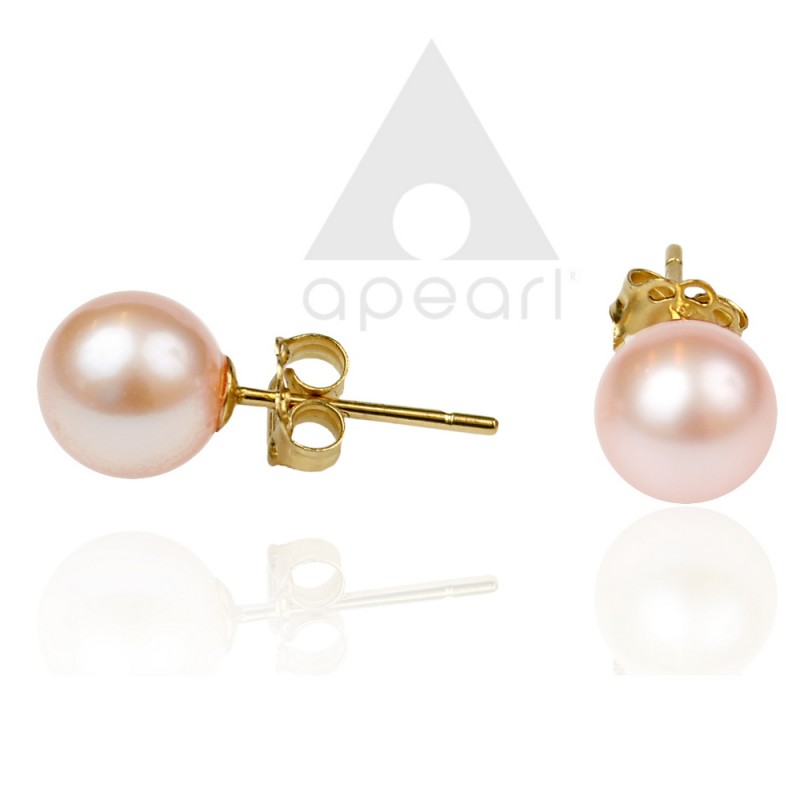
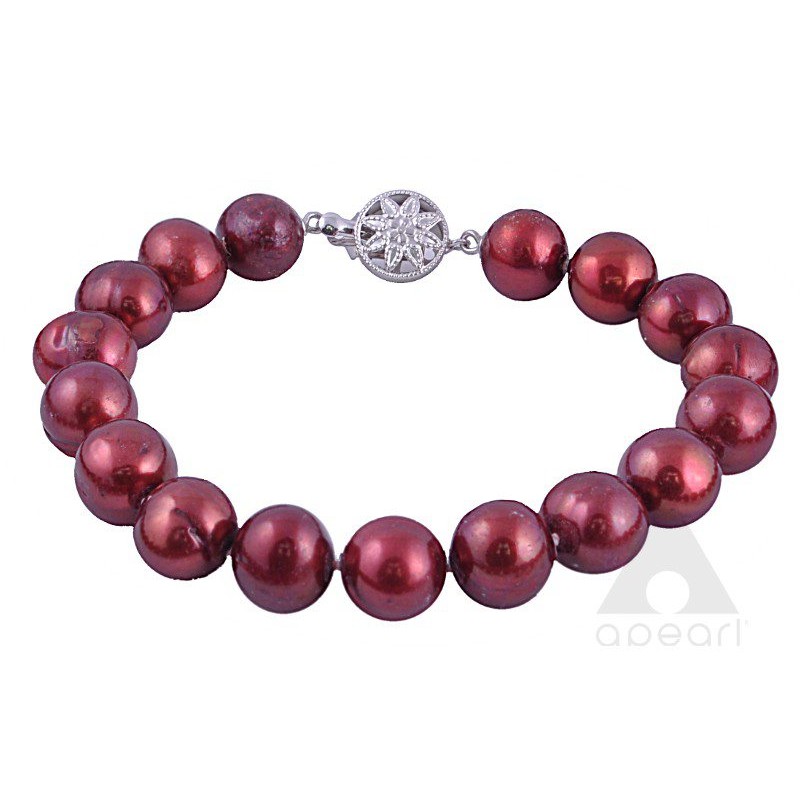
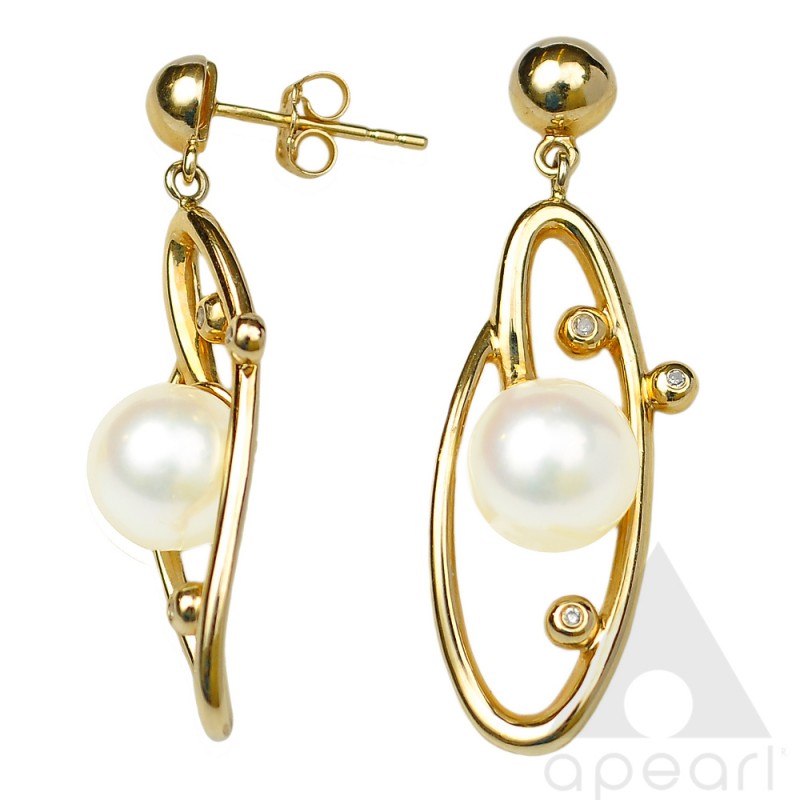
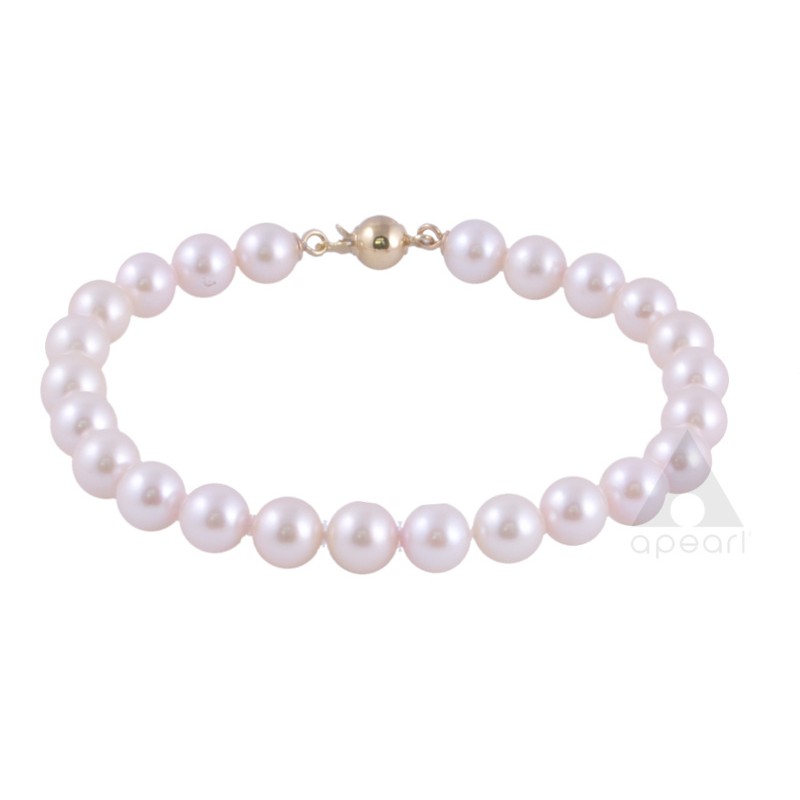
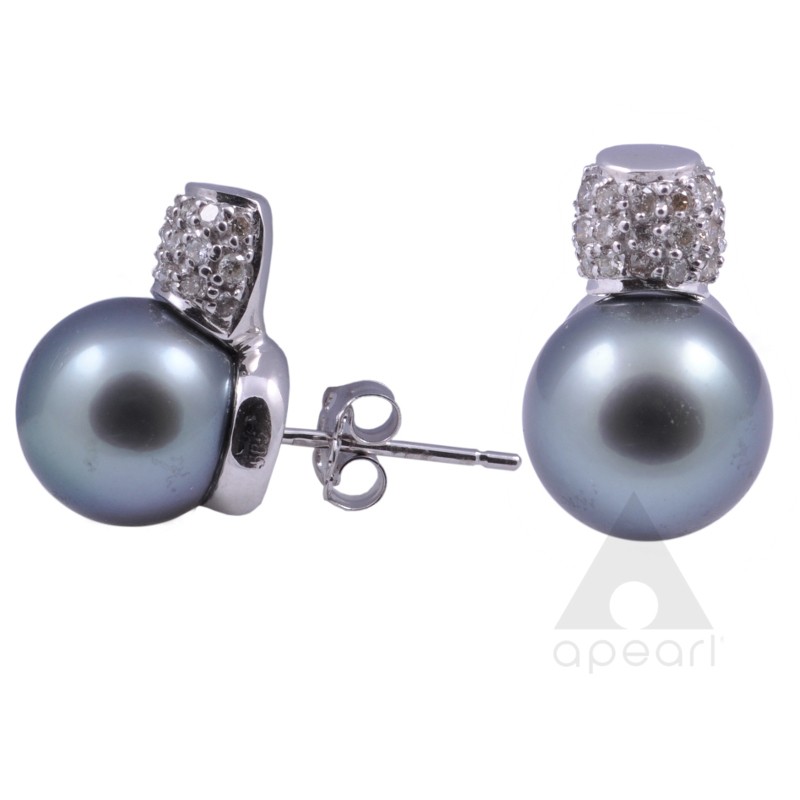
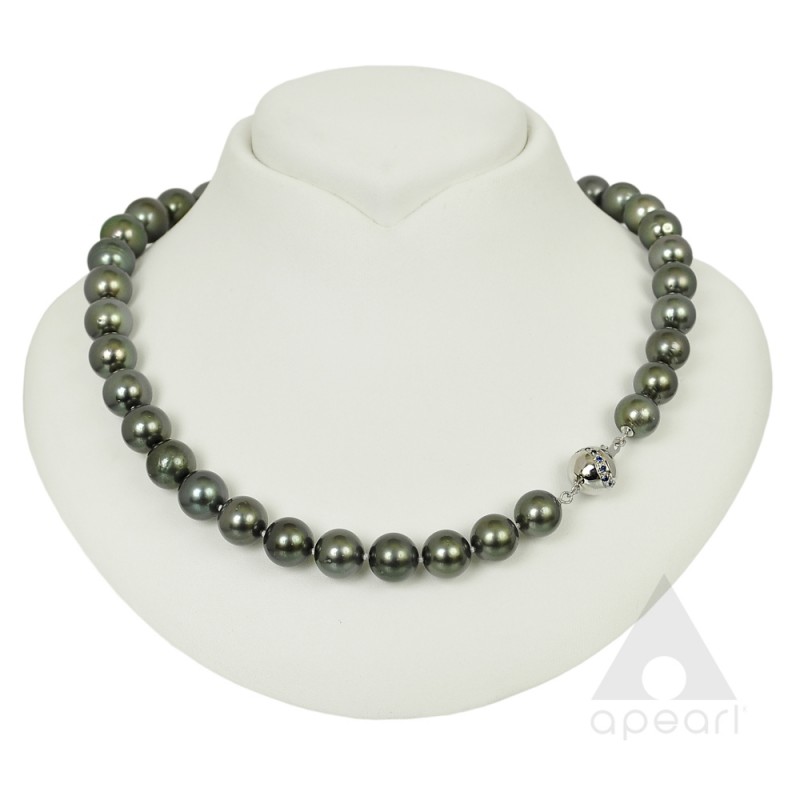
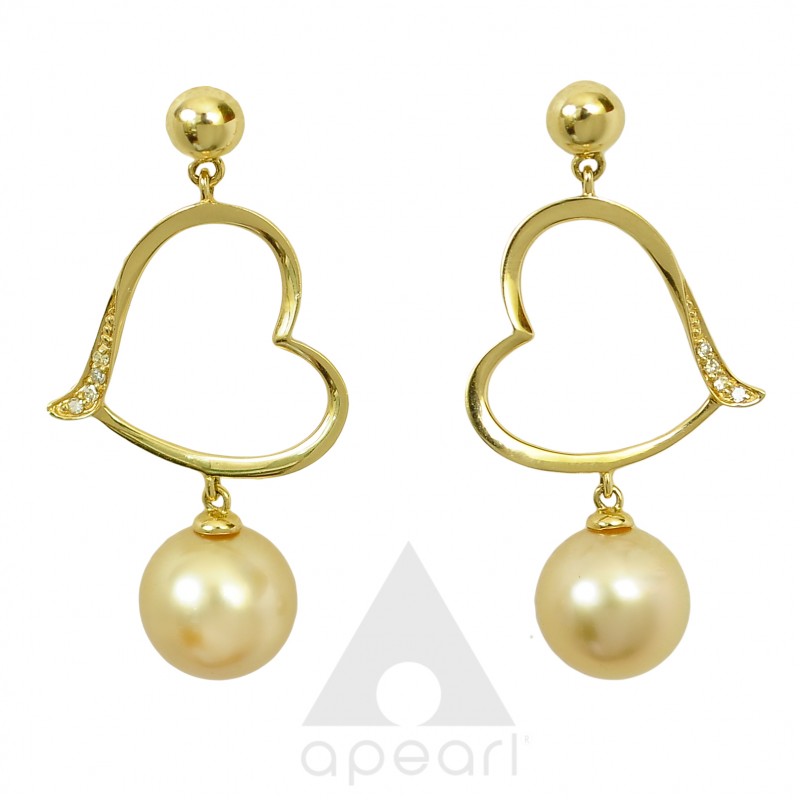
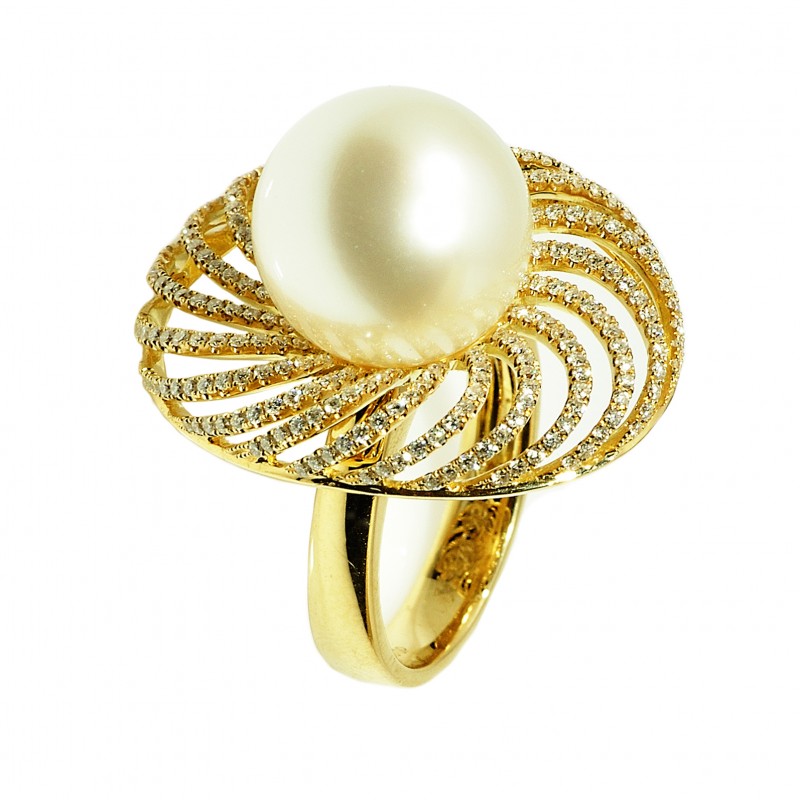
comments (0)